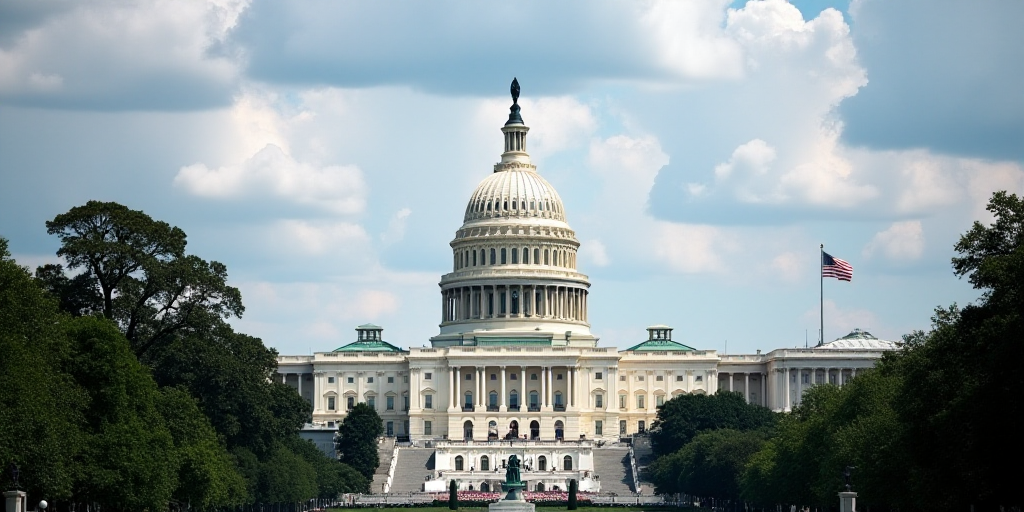Background on Key Players and Their Roles
The ongoing US government budget impasse has entered its second week, with no immediate resolution in sight. The standoff between Republicans and Democrats has resulted in a partial government shutdown, affecting millions of federal employees. President Donald Trump has threatened to start firing federal workers if the Democratic opposition doesn’t concede. Meanwhile, both parties remain entrenched in their positions, with little sign of compromise.
Impact on Federal Employees
Approximately two million federal workers face the prospect of not receiving their salaries until a budget is approved by Congress. The uncertainty has created anxiety among these employees, who are crucial to the functioning of various government services.
- Nearly half a million federal employees are either furloughed (temporarily laid off) or working without pay.
- Critical services, such as processing tax refunds and maintaining national parks, have been affected.
- The National Park Service reported that 94% of its employees were furloughed, leading to the closure of many popular parks and monuments.
Proposed Solutions from Both Sides
Republicans have proposed extending the current budget until late November, while Democrats are pushing for increased funding for medical insurance programs that benefit the most disadvantaged population.
- Republicans aim to avoid further disruptions by keeping the government funded until November.
- Democrats seek to strengthen healthcare programs, which are vital for low-income Americans.
“Maximum Pain” Strategy and Historical Context
Experts suggest that President Trump’s “maximum pain” strategy aims to pressure Democrats into concessions. This approach includes withholding federal funds from Democratic-led states, as well as implementing a lengthy shutdown to demonstrate his political leverage.
During Trump’s first term, a 35-day shutdown occurred between December 2018 and January 2019. However, this current shutdown is far from breaking that record.
Political scientist James Druckman from the University of Rochester believes that Trump’s administration, with its perceived limitless mandate, is less inclined to negotiate. Meanwhile, Democrats have faced criticism for not taking a more aggressive stance against the president.
Key Questions and Answers
- What is the current status of the government shutdown? The shutdown has entered its second week, with no resolution in sight. Both Republicans and Democrats remain firm in their positions.
- Who is most affected by the shutdown? Federal employees are significantly impacted, with many either furloughed or working without pay. Critical government services have also been disrupted.
- What are the proposed solutions from each party? Republicans propose extending the current budget until late November, while Democrats advocate for increased funding for medical insurance programs.
- What is the “maximum pain” strategy? This approach involves implementing a lengthy shutdown and withholding federal funds from Democratic-led states to exert political pressure.
Potential Consequences for Travelers
Travel plans could be disrupted due to potential shortages of transportation security agents and air traffic controllers, leading to flight delays or cancellations.






